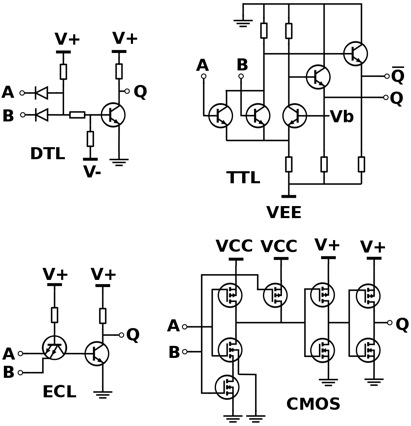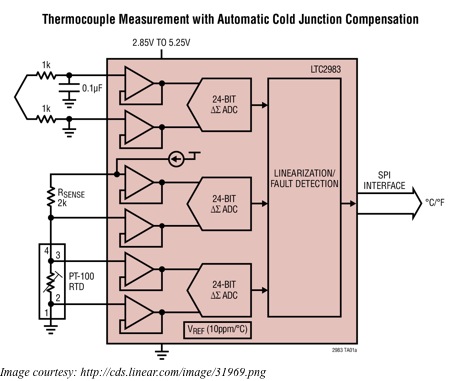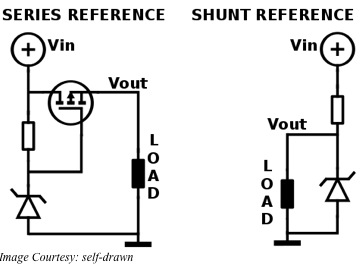Engineers at Stanford are making 3-D memory chips that can offer faster and more energy efficient solutions for computer memory. These are the Resistive random Access Memory or RRAMs, which are based on a new semiconductor material. It stores data based on temperature and voltage. However, the actual workings of RRAMs continued to be a mystery until a team at Stanford used a new tool for their investigations. They found the optimal temperature range to be lower than they had expected. This could lead to memory that is more efficient.
Conventional computer chips operate on a two dimensional plane. Typically, the CPU and memory communicate with each other through the data bus. While both the CPU and memory components have advanced technically, the data bus has lagged, leading to a slowdown of the entire system when crunching large amounts of data.
The special semiconductor RRAMs can be stacked one on top of the other, creating a 3-D structure. This brings the memory and its logic components closer together. As conventional silicon devices cannot replicate this, the 3-D high-rise chips can work at much higher speeds and be more energy efficient. Not only is this a better solution for tacking the challenges of Big Data, it can also extend the battery life of mobile devices.
The RRAMs work more like a switch. As explained by the Stanford engineers, in their natural state, the RRAM materials behave just as insulators do—resist the flow of electrons. However, when zapped with an electric field, a filament-like path opens up in the material, and electrons can flow through it. A second jolt closes the filament, and the material returns to being the insulator it was. Alternating between the two states generates a binary code with no signal transfer representing a zero and the passage of electrons representing a one.
The temperature rise of the material when subjected to the electric field causes the filament to form, allowing electrons to pass through. So far, the engineers were unable to estimate the exact temperature of the material that caused the switch. They needed much more precise information about the fundamental behavior of the RRAM material before they could hope to produce reliable devices.
As the engineers had no way of measuring the heat produced by a jolt of electricity, they heated the RRAM chips using a hot plate, while not applying any voltage. They then monitored the flow of electrons as filaments began to form. This allowed the team to measure the exact temperature band necessary for the materials to form the filaments. The engineers found the filaments formed between 26.7 and 126.7°C. Therefore, future RRAM devices will require less electricity for generating these temperatures, and that would make them more energy efficient.
Although at this moment, RRAMs are not yet ready to be incorporated into consumer devices, the researchers are confident that the discovery of the temperature range will speed up development work.
According to Ziwen Wang, a member of the team, the voltage and temperature discovered can be the predictive design inputs for enabling the design of a better memory device. The researchers will be presenting their find at the IEEE International Electron Devices Meeting in San Francisco.



